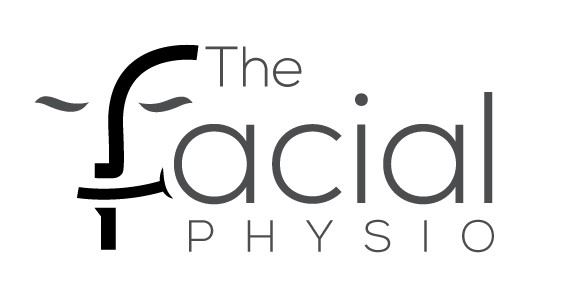Rebecca Brown - Vestibular and Face Physiotherapist
Dizziness, Lightheaded, Vertigo, Imbalance…
These words are commonly used by our clients to describe their symptoms.
The goal of a Vestibular Assessment is to figure out if your symptoms are coming from your inner ear balance organ, due to a central cause (something that could be related to the brain/ the pathways within the brain), a proprioceptive issue (this could be dizziness from the neck, imbalance due to altered lower limb sensation/ strength) or a combination of two or more of these.
We allocate one hour for our assessments. They involve a screen of your cranial nerves, oculomotor examination (looking at your eyes and the movement of your eyes in different directions), infrared goggle assessment (we place goggles on you to look at your eyes in the dark), we assess for Benign Paroxysmal Positional Vertigo “The crystals” (this involves us lying you down with your head turned in different directions) and we assess your balance, gait and neck.
Our initial assessments always involve a thorough assessment, explanation and depending on what our assessment shows us we will treat what we find and/ or establish a home program and plan of attack for the future.
If you are ever unsure about what the treatment involves, what you should bring to your assessment or if you need to bring someone with you, please do not hesitate to speak to our friendly reception staff. Our reception staff should be able to answer your questions but if they are unsure they will pass on the message to the Physiotherapists who will personally contact you about your queries.
